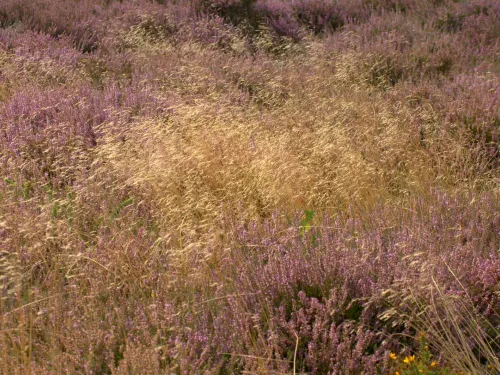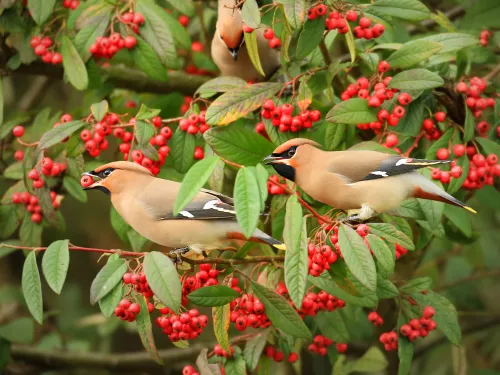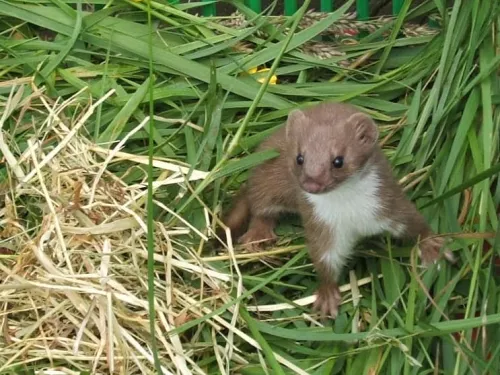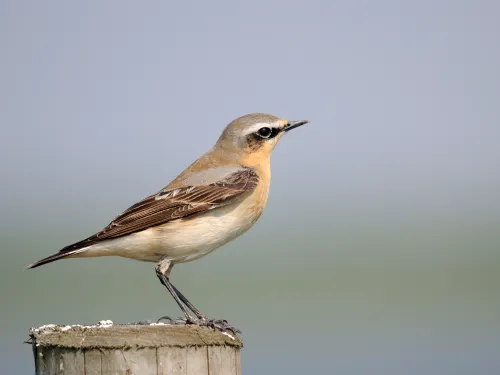Water-plantain
Water-plantain is an aquatic plant of shallow water and muddy banks. In bloom over summer, it displays tall branches of loosely clustered, pale lilac flowers.
Want to learn more about wildlife near you? You're in the right place, search below and discover the nature you can help protect in Kent.
Water-plantain is an aquatic plant of shallow water and muddy banks. In bloom over summer, it displays tall branches of loosely clustered, pale lilac flowers.
Water-soldier grows submerged in ponds and open water, and pops up over summer, looking like the top of a pineapple! This rare plant displays white flowers and shelters many aquatic insects.

Wavy hair-grass lives up to its name: its fine, hair-like leaves and delicate flower heads can be seen shaking in the breeze of a windswept moorland or heathland.

The waxwing is a colourful winter visitor. It can often be spotted in large flocks in berry-laden bushes in towns, car parks and gardens.
The wayfaring-tree is a small tree of hedgerows, woods, scrub and downland. It displays creamy-white flowers in spring and red berries in autumn, which ripen to black and are very poisonous.

Weasels may look adorable, but they make light work of eating voles, mice and birds! They are related to otters and stoats, which is obvious thanks to their long slender bodies and short legs.
The Welsh poppy is a plant of damp and shady places, roadsides and hillsides. It is also a garden escapee. It flowers over summer, attracting nectar-loving insects.
Nudibranchs, also known as sea slugs, are much like their land-based relatives that you may spot in your garden. But, unlike your regular garden slug, the nudibranch can incorporate the stinging cells from their prey into their own bodies – giving them a defence against predators!

A summer visitor, the wheatear is a handsome chat, with black cheeks, white eyestripes, a blue back and a pale orange chest. Look for it on upland heaths and moors.
The common whelk is the largest sea snail found in UK seas, though you're more likely to find the dry balls of empty whelk egg capsules washed up in strandlines.

The whimbrel is very similar to the curlew, but a little smaller and with a striking face pattern. Its eerie call is a series of seven whistles; listen out for it around the coast as its passes through on migration.

The whinchat is a summer visitor to UK heathlands, moorlands and open meadows. It looks similar to the stonechat, but is lighter in colour and has a distinctive pale eyestripe.